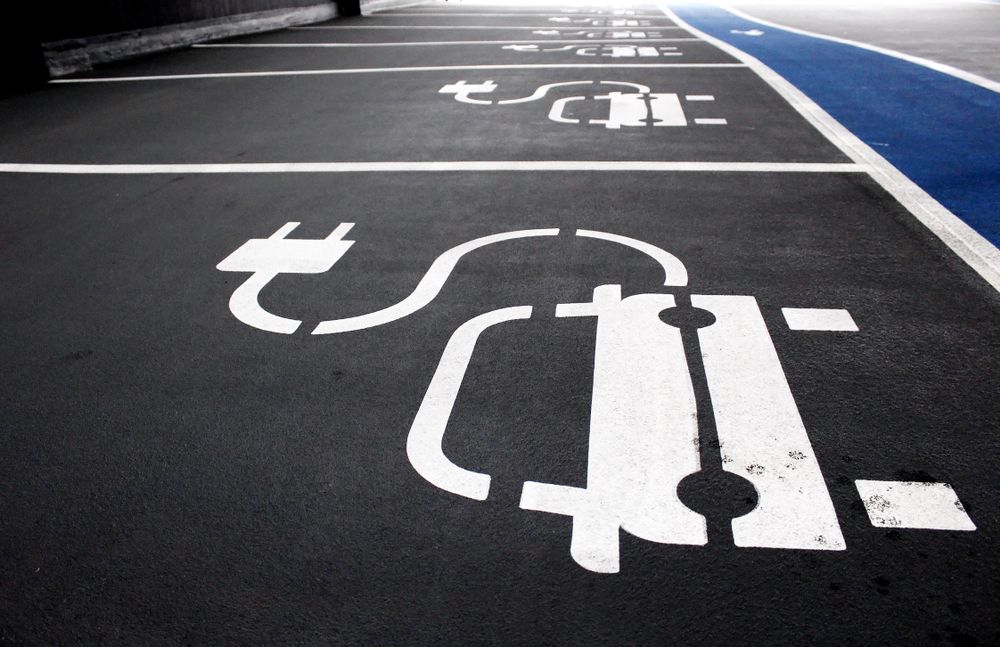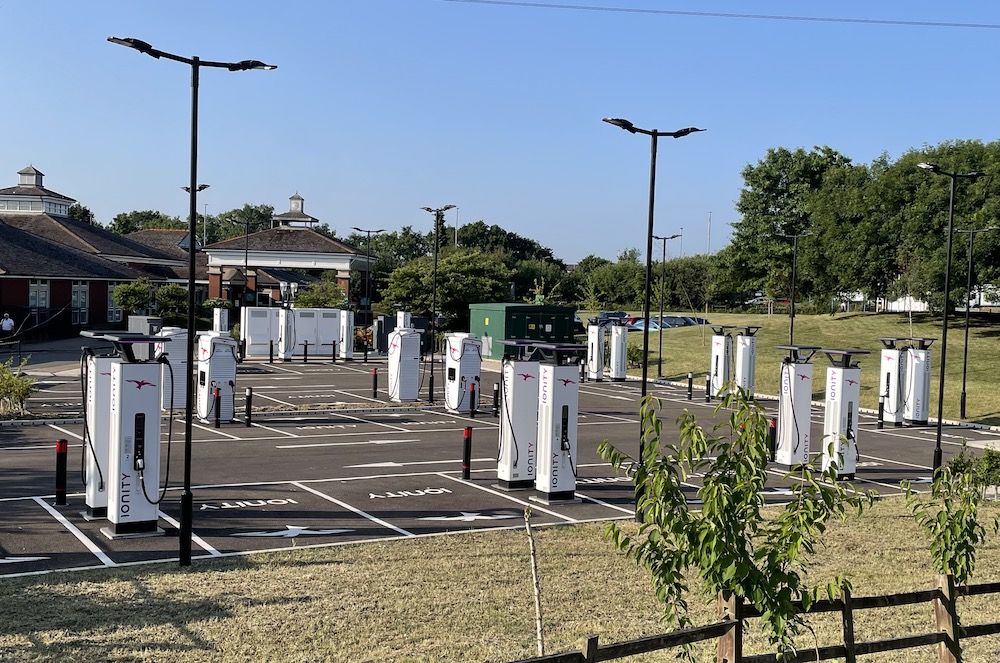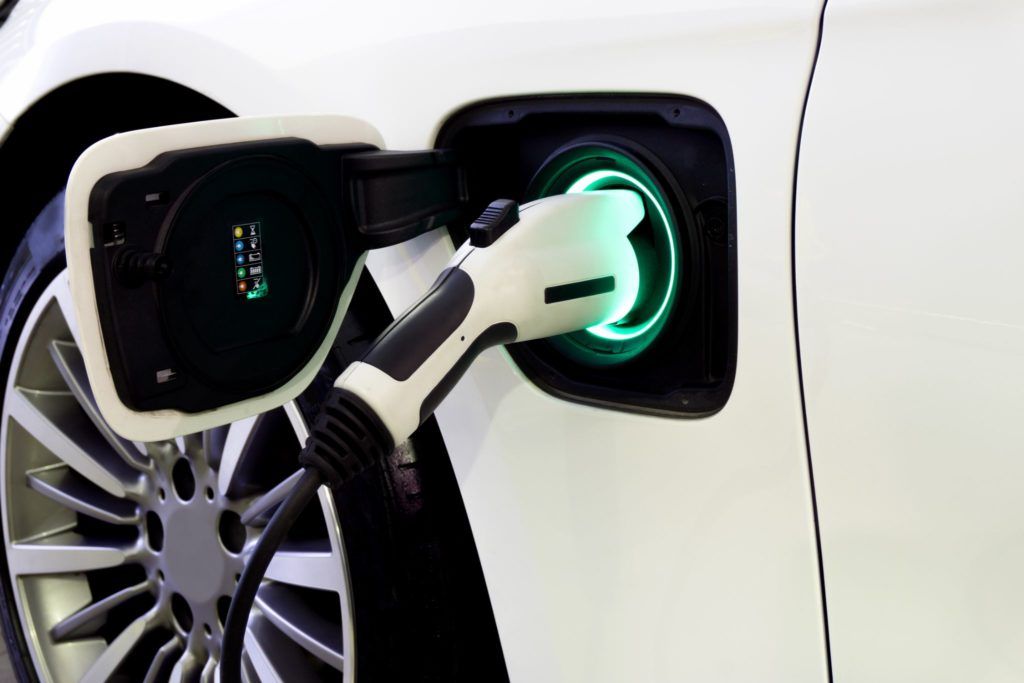The number of battery electric vehicles in private ownership in the UK rose by nearly 30,000 in the year to September 2020, according to a study by the RAC.
The figures, which represents a year-on-year increase of 53%, reveals that more than a third – 36% – of the new registrations are in London and the south east of England.
Half of all BEVs in the UK – 86,130 vehicles – were licensed by private individuals by the end of the third quarter of 2020 – with the remainder of 86,387 vehicles licensed by companies.
The data, take from government figures, is a 150% increase compared to a year earlier, and a clear illustration EVs are becoming popular amongst consumers, the RAC said.
Four of the top 10 local authority areas with the greatest number of privately licensed BEVs are in London with Barnet having the most: 1,235 vehicles. Wiltshire is second with 1,075 vehicles and Westminster has 919 vehicles. Cornwall has 899 vehicles followed by Camden on 781 vehicles.
The smallest number of privately registered BEVs was in Merthyr Tydfil in south Wales: 21 vehicles; and Blaenau Gwent on 27 vehicles.
Fastest growth has also happened in the Capital with Barking and Dagenham and Waltham Forest seeing the numbers of EVs double in the space of 12 months. At the other end of the scale, growth of battery electric vehicles was slowest in parts of Northern Ireland. Gateshead and Sunderland.
RAC data insight spokesman Rod Dennis said: “While starting from very small beginnings when you consider there are around 32m cars licensed for use in the entire United Kingdom, the growth in pure electric vehicles is extremely promising.
There is a long way to go, not least as only half of these vehicles are in private hands, compared to nine-in-10 of all cars, but it’s clear that the numbers are only going one way.
“The biggest annual rise in the numbers of vehicles are among those licensed by companies, which suggests the clear tax benefits given to company car drivers are beginning to stoke demand. It’s vital this continues, as in many cases the new company vehicles of today will be the ones appearing on the second-hand consumer market in three or more years from now.”














